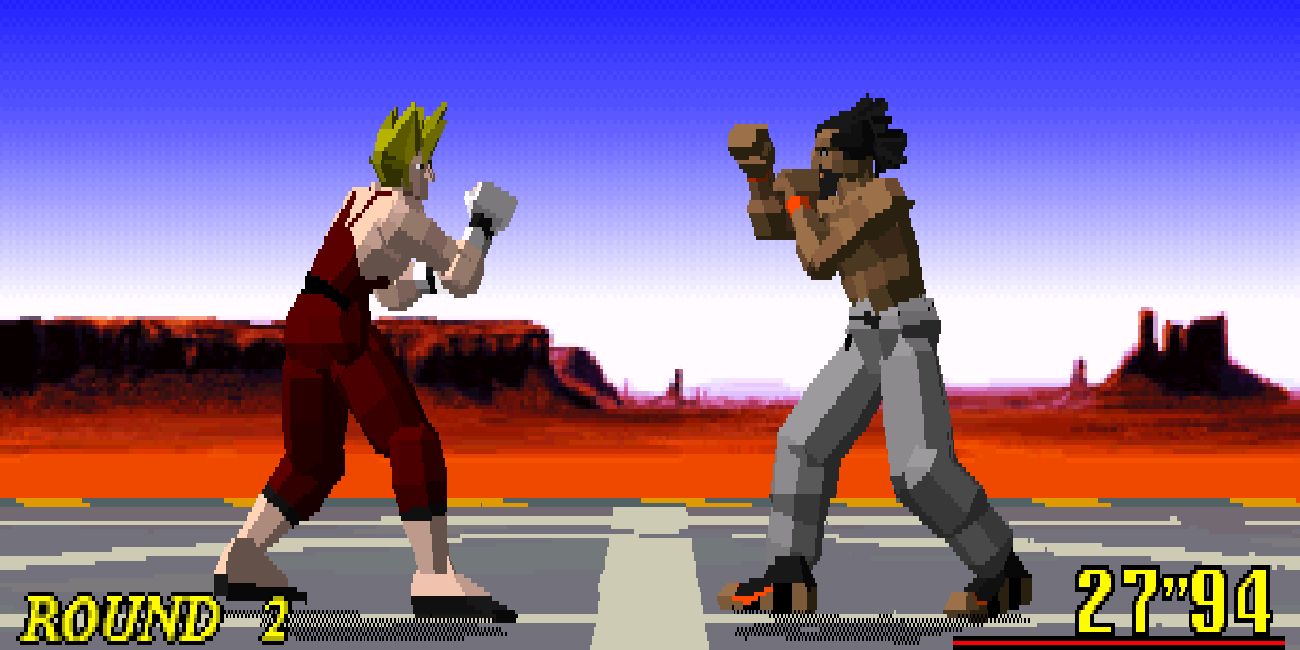10 90s Video Game Trends We Wish Would Come Back
The 90s was a transformative decade. The Cold War was ending, multiculturalism was becoming more mainstream, and the World Wide Web was about to change everything. This was also the dawn of a new era in the realm of gaming. The console war saw electronics manufacturer Sony throwing its hat into the ring while the once mighty Sega brand was starting to sink.
New gaming genres emerged such as real-time strategy, survival horror, first-person shooters, and many more. Seeds were being planted that led to the way consumers play games now. While many attitudes and approaches have rightfully gone out of style, there are some gaming trends from the 90s that are sorely missed.
10 PC Gaming Thrived During The 90s
PC gaming was the way to go for players who wanted their titles to offer more narrative and complex mechanics than what they could get on consoles. The 90s was one of the last decades where PC developers could make their visions a reality with very few compromises.
The first two Fallout titles were some of the best RPGs populated by a fascinating cast of characters with their own ideologies. The graphic adventure genre, while as popular as it once was, was still kicking with efforts like Grim Fandango and The Neverhood providing players with compelling interactive tales.
Back in the 90s, it seemed that every hit game had dozens of merchandise tie-ins to capitalize on its success. Sonic the Hedgehog had two simultaneous animated shows, a comic book series from Archie, and even a music album. Mortal Kombat had two live-action film adaptions, several animated tie-ins, and even a live show.
Many of these merchandise tie-ins were pretty awful, but some decent media managed to slip in through the cracks like the very funny Earthworm Jim cartoon and the surprisingly catchy “Techno Syndrome” song from The Immortals.
8 Console Gaming Was Much More Streamlined
Consoles used to be the platforms that players went for if they didn’t want to have to deal with the headaches that came with PC gaming. While PC titles had many specs and requirements that players had to accommodate in order to run, games on consoles were very much guaranteed to run on their respective platforms. Where PC games required lengthy installations and patches, console titles allowed gamers to immediately play.
However, as technology increased and consoles embraced CDs, online gaming, and updates, much of the convenience and simplicity were sacrificed in the process. While consoles are still more accessible than PCs, the simplicity is greatly missed.
7 Hardware Limitations Forced Developers To Be Creative
Before the modern convinces of HD, VR, and ray tracing, developers had to be creative to mask technological limitations. Back in the days of cartridges, extensive voice acting wasn’t really a luxury that developers could utilize.
Games like Final Fantasy VI and Banjo Kazooie made some rather creative workarounds to accommodate their lack of vocals. Silent Hill for the PlayStation 1 had terrible draw distance that was masked by the game’s atmospheric fog which served to raise the dread and ambiguity. Nowadays, pretty much anything is possible, making it much harder to wow consumers.
6 Some Quality Licensed Titles Managed To Slip Through The Cracks
While licensed games aren’t entirely gone, they’re much less prevalent than they used to be. Times were that every big blockbuster film had some sort of tie-in game. It would have been unthinkable in the 90s that a big-budget superhero flick like Black Panther would not be graced with some sort of game adaption.
Granted, many movie video games were absolutely atrocious, with publisher LJN being one of the most notable offenders. However, some great titles managed to slip through the cracks such as Westwood’s Dune II, Rare’s GoldenEye, and LucasArts’ many Star Wars titles.
5 Video Game Manuals Featured Lavish Illustrations
There was nothing quite like the feeling of anticipation as younger players sat in the back of the car thumbing their way through the manual of a recently purchased game and being presented with an elaborate synopsis, lavishly drawn artwork, and tantalizing screenshots. Since there was no internet at the time, there was a sense of mystery and awe that could only be captured through reading the instructional booklet.
Nowadays, physical manuals have gone the way of the dodo since games pretty much rely entirely on in-game tutorials to teach players the basics of gameplay.
4 Copy Protection & Feelies Were More Fun & Creative
Back before SecuRom, Denuvo, and other DRM methods screwed over paying customers more than actual pirates, there were other, more creative methods of copy protection. Many of these came in nifty little toys and bits in instructional booklets like the Dial-A-Pirate wheel in The Secret of Monkey Island and the potion ingredients in Quest for Glory: Shadows of Darkness.
By making a little activity out of the copy protection, these methods felt less like the developers trying to protect themselves from petty thieves and more like an organic part of the game. However, anyone who purchased a used copy might not have these things lying around.
3 The Arcade Scene Was Still Alive & Kicking
While arcades are understandably dead, they had their place in the early to late 90s. Many games that heralded the future of the industry made their debut in arcades. Fighters that pushed graphical boundaries such as Virtua Fighter 3 and Street Fighter III: The New Generation couldn’t possibly be done justice on the consoles that were available at the time.
Arcades were the perfect home for revolutionary titles. While arcades weren’t the best format for the more narrative-heavy and complex titles that would shape the industry, it’s fun to pop in some quarters and have some mindless fun now and then.
2 New Genres Emerged When Publishers Were Willing To Experiment
During the second half of the 90s, big publishers were more willing to fund more experimental titles. Sony released what could be considered the first rhythm game with Parappa The Rapper, Activision laid the blueprint for extreme sports titles with the Tony Hawk’s Pro Skater games, and Sega pumped in millions of dollars to create the first 3D open-world sandbox title with Shenmue.
Nowadays, players who want to try any bold new experiments should check out the indie scene which is filled to the brim with unique and oddball games that the AAA games industry has long abandoned.
1 Demos Let Players Try Them Before They Buy Them
Demos of games aren’t entirely gone, but they’re much less common than they were back in the fifth and sixth console generations of gaming. Back in the day, demos were compiled into discs that came bundled with magazines or other promotional events.
One of the most fondly remembered examples came courtesy of PlayStation Underground which featured elaborate menus, behind-the-scenes videos with developers, and even some cheats for other titles. Unsurprisingly, the prospect of consumers being able to try out a game and potentially see how awful the finished product will be isn’t very appealing to publishers.

.jpg)








-Cropped.jpg)



